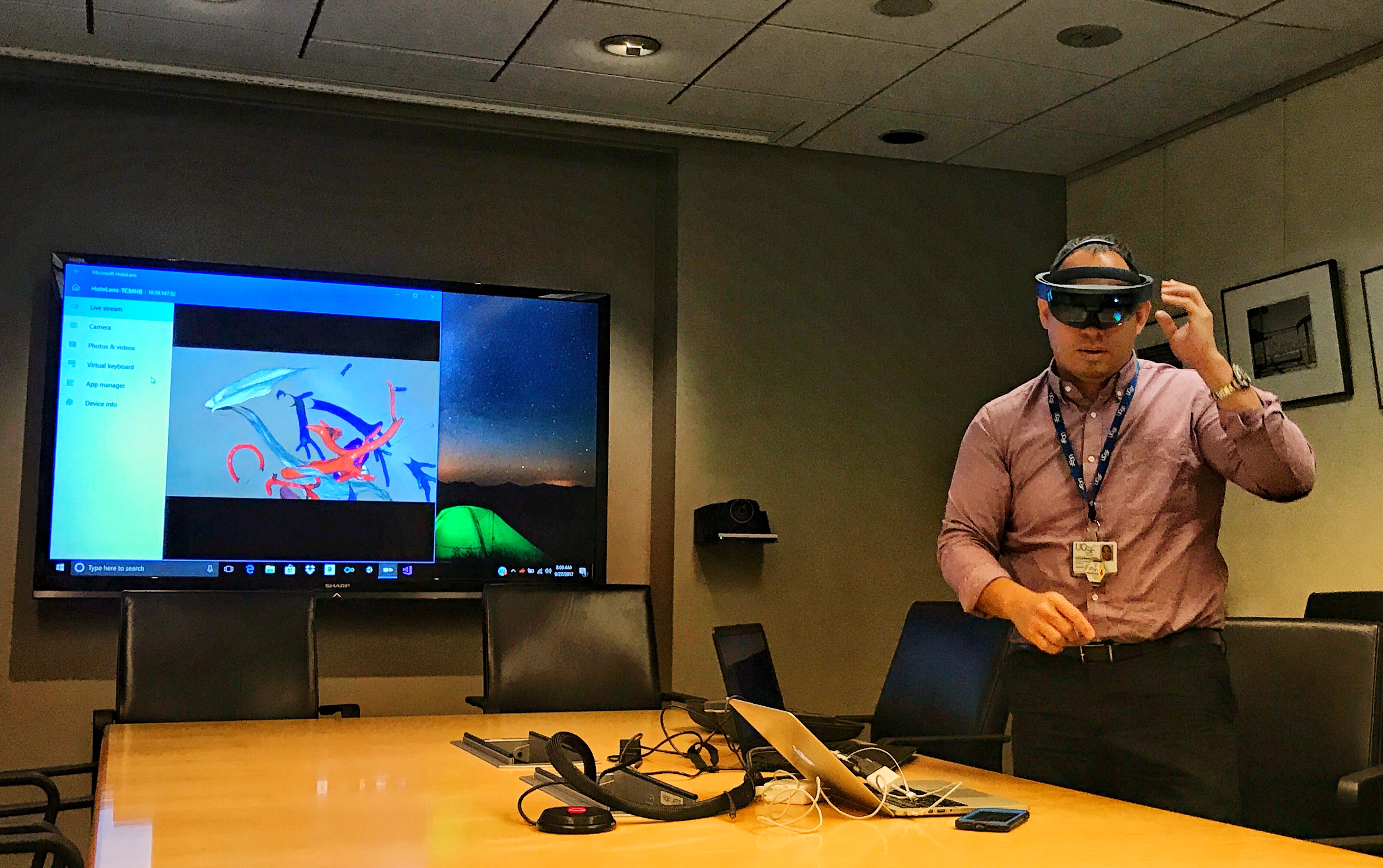An Added Dimension for CT

Radiology’s gift—being able to see the interior of a body—has provided critical insight for surgeons for over a century. But as Jesse Courtier, MD, associate clinical professor in pediatric radiology points out, going from a two-dimensional radiologic image to operating inside the body itself takes a strenuous cognitive leap.
“There’s great information about, for example, a tumor, that is available in the two dimensions of a CT scan, and how it relates to adjacent anatomic structures,” says Dr. Courtier. “But when surgeons are looking during surgery, they have to adjust that information to real-time.”
Dr. Courtier decided he wanted to help. “I started off with the idea of 3D printing,” a relatively new approach that certainly would have provided surgeons with a more realistic model. “But there were issues of cost and practicality, not to mention turnaround time.”
He advanced to an augmented reality device that is processed similarly to 3D printing (and developed on the same software as PlayStation games). When Dr. Courtier showed the resulting reformatted CT scans to surgeons, he says, “A light bulb really went on.”
Dr. Courtier’s innovation allows users to move around inside the image, magnify it, or zoom out. The model can be rotated into the position that the patient will be in during surgery, making the view as nearly like what the surgeon will be seeing as is possible. The device operates as hands-optional, controlled without a stylus or other tool, but instead with voice commands or with hand motions. It’s portable, designed to be taken into the clinic or office.
“The third dimension gives surgeons the same sense about where everything is when they’re in surgery, so they can better plan,” says Dr. Courtier. “They can decide where to make an incision, what to resect, and be aware of potential pitfalls.”
Dr. Courtier intends to continue to improve the invention. “The next stage is to add an artificial intelligence or machine-learning perspective that can help the software learn over time how to automatically segment out what the viewer wants to look at,” he says.
